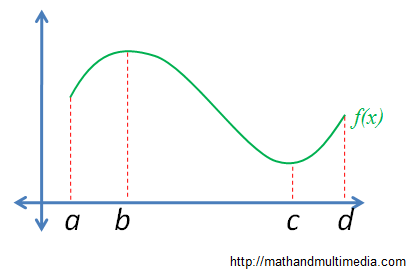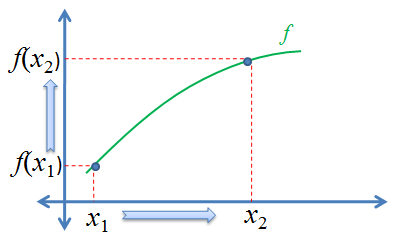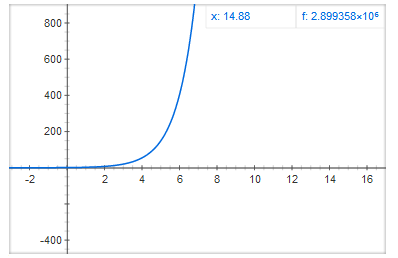Understanding Decreasing and Increasing Functions
In this post, we are going to discuss the meaning of increasing and decreasing functions. Consider the graph of the function f shown below. If we trace the graph with the mouse pointer, we would be able to observe that the trace is moving upward from a to b, moving downward from b to c, and moving upward again from c to d.
In mathematics, we say that the function is increasing from a to b, decreasing from b to c, and increasing again from c to d. Now, let us elaborate what do we mean by increasing functions.
Suppose a function f is strictly increasing (increasing everywhere).
- As x increases (as we move to the right), y also increases (we also move up)
- If we take any two points with coordinates (x1, y1) and (x2,y2) and x2 is to the right of x1, then y2 is above y1.
- If we take any two points with coordinates (x1, y1) and (x2,y2), and x2 > x1, then f(x2) > f(x1).
Notice that if we replace the words in orange texts above with their opposite, we will have descriptions of decreasing functions. Can you see why?
The function f(x) = ex is an example of a function that is strictly increasing. This means that we can take two points anywhere on the graph, and the four descriptions above hold. As an exercise, give an example of a function that decreases all through out.


